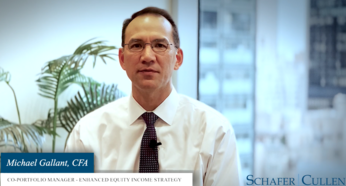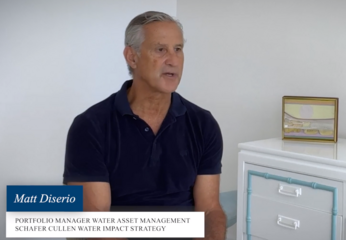Question 1: How has passive investing created opportunities for Value investors?
The last several decades have brought about a huge democratization of equity markets, in part with the increasing dominance of passive index funds. This has actually led to lower costs but has now created to huge inefficiencies in the market where now the largest stocks in the index are just blindly bought regardless of fundamentals or valuation. So, for instance, the largest five stocks in the S&P 500 are all technology stocks and now make up a record 25% of the index. And those stocks trade at elevated valuation levels. In addition, the rise of algorithms and machine-based trading dominate daily trading volume at nearly 70%, which has exacerbated volatility swings and momentum. Ironically, this has actually led to mispriced assets both overvaluation and undervaluation, based on a lot of these momentum factors. This creates opportunities for value investors to uncover mispriced, undervalued assets who hold positions for the long term. The current position of algorithms, retail traders and active managers is overwhelming geared towards growth and momentum; and we see that as an opportunity for value stocks just given this extreme underweight positioning in the asset class. Over the long-term valuations have proven to be the strongest factor in determining future returns, and so that’s why we espouse both long-term investing with a valuation discipline.
Question 2: What are your views on the recent uptick in inflations levels?
In this macro environment, the prospect of higher, sustain inflation really needs to be considered. There are numerous factors that have driven this pickup in inflation that we’ve seen over the last year. First off, from a macro perspective, there’s been record monetary stimulus, quantitative easing, and historic levels of central bank bond buying. That’s led to money supply, M2, growth over 20% year over year in 2021 – really unprecedented levels. And that, combined with trillions of fiscal stimulus through multiple rounds of federal programs, that’s boosted consumer savings and spending. And now with Biden’s new ‘Build Back Better’ plan, the soft infrastructure plan will further serve to generate growth and will ultimately need to be financed. From a private capital perspective, there’s been years of underinvestment in CapX, and especially in the oil and gas industry a lot of that needs to replace aging oil and gas fields, which could lead to higher commodity prices in the medium term. And then lastly, with respect to labor markets, a potentially lasting impact of the pandemic may be lower labor force participation. While some of these factors that have driven inflation higher, such as supply chain bottlenecks and higher consumer spending are expected to reverse and normalize over time, many of these elements driving higher inflation may remain for some time. And historically, this higher inflationary environment has been a tailwind for value stocks for a number of reasons.
Question 3: Why have higher inflationary periods benefitted Value stocks?
First, cyclically geared value stocks with more sensitivity to economic growth tend to outperform relative to the broader market. In addition, P/E multiples, valuation multiples, tend to decline as inflation levels rise and that provides downside protection for value stocks, relative to high multiple growth stocks. Higher rates mean a higher discount rate, resulting in lower present value cash flows for longer duration stocks. So, while inflation may remain high, long-term rates actually could stay low given the changes that we’ve seen in both the bond and equity market structure over time, where the Fed has been dominant in bond purchases, really suppressing yields. With the intention of the Fed to taper its bond-buying program, and then raise short-term rates down the road, long-term bond yields may actually remain low. And in this low and negative real-yield environment, bond returns have been historically substantially below that of equities and have had a greater monthly frequency of monthly returns versus equities.




